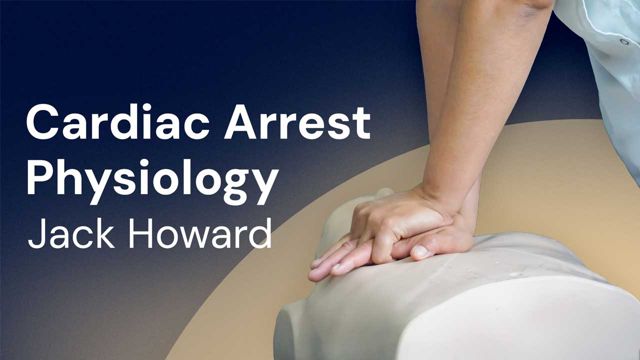Cardiac Arrest Physiology: Mechanisms and Pathophysiology


This lecture by intensive care paramedic Jack Howard explores the physiology and mechanisms behind cardiac arrest, including passive physiology and the critical role of CPR and defibrillation in improving survival rates. Jack examines reversible causes, highlights the importance of timely intervention, and provides a walkthrough of cardiac arrest rhythm strips to support real-world clinical application and decision-making.
Test Your Knowledge
Question 1 of 5
Which one of the following best describes the pathophysiological result of prolonged anaerobic metabolism during cardiac arrest?
Topics
For Teams
Assign to your staff
Assign mandatory training and keep all your records in-one-place.
Find out moreMeet your educator
Content Integrity
Ausmed strives for the highest level of content integrity and accuracy in our educational resources.
Last updated20 May 2025
Due for review30 May 2028
Disclaimer
Disclosure
Usage
Cite this resource
 New
New